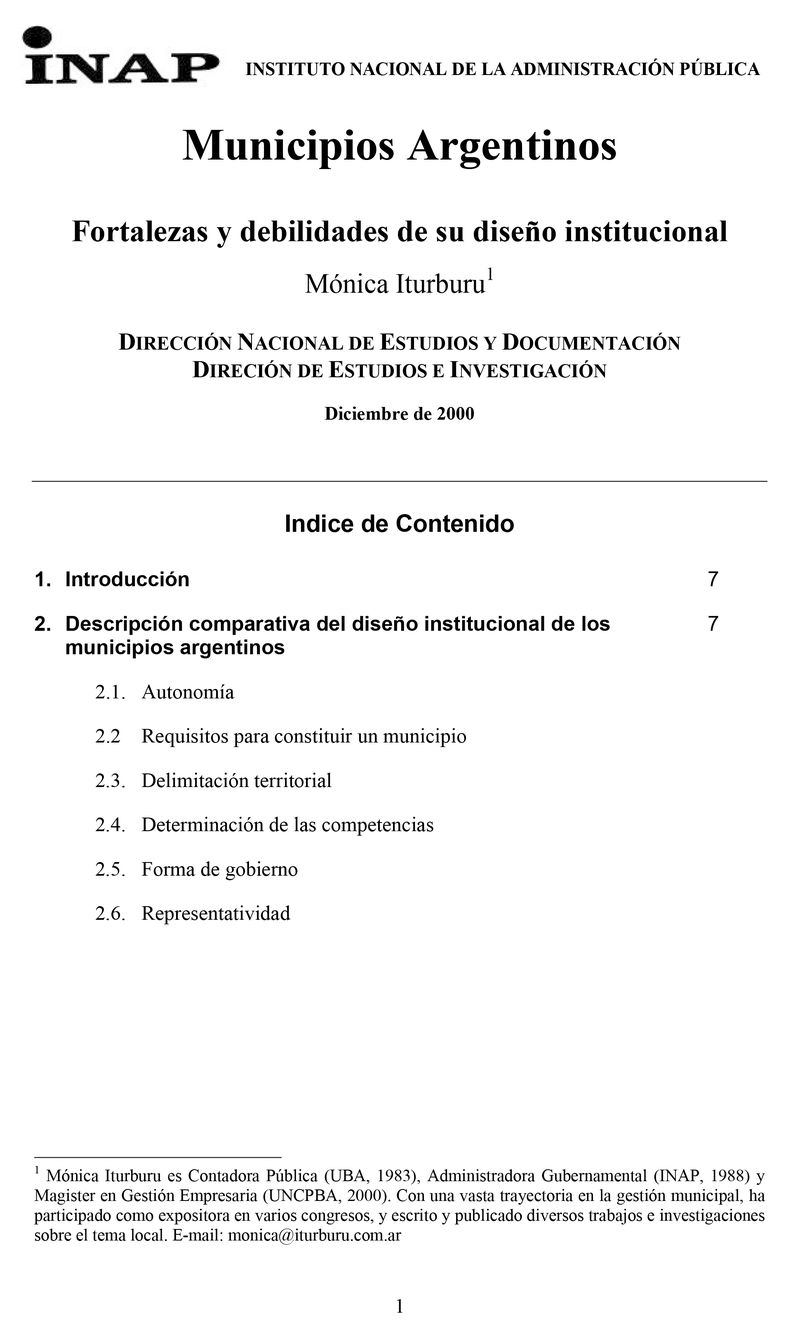Small Dams and Weirs in Earth and Gabion Materials
This publication is a set of practical guidelines and norms for field project engineers for the design and building of small hydraulic structures using earth and gabions. This publication would be useful in designing small earth dams with a gabion spillway, intake weirs for gravity irrigation schemes, groynes, river bed training works and for protection against hydraulic erosion.






